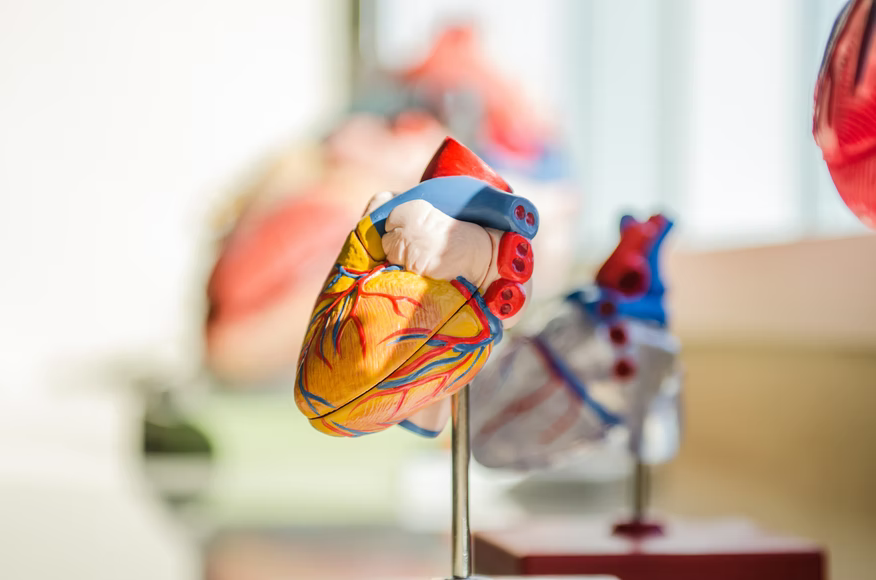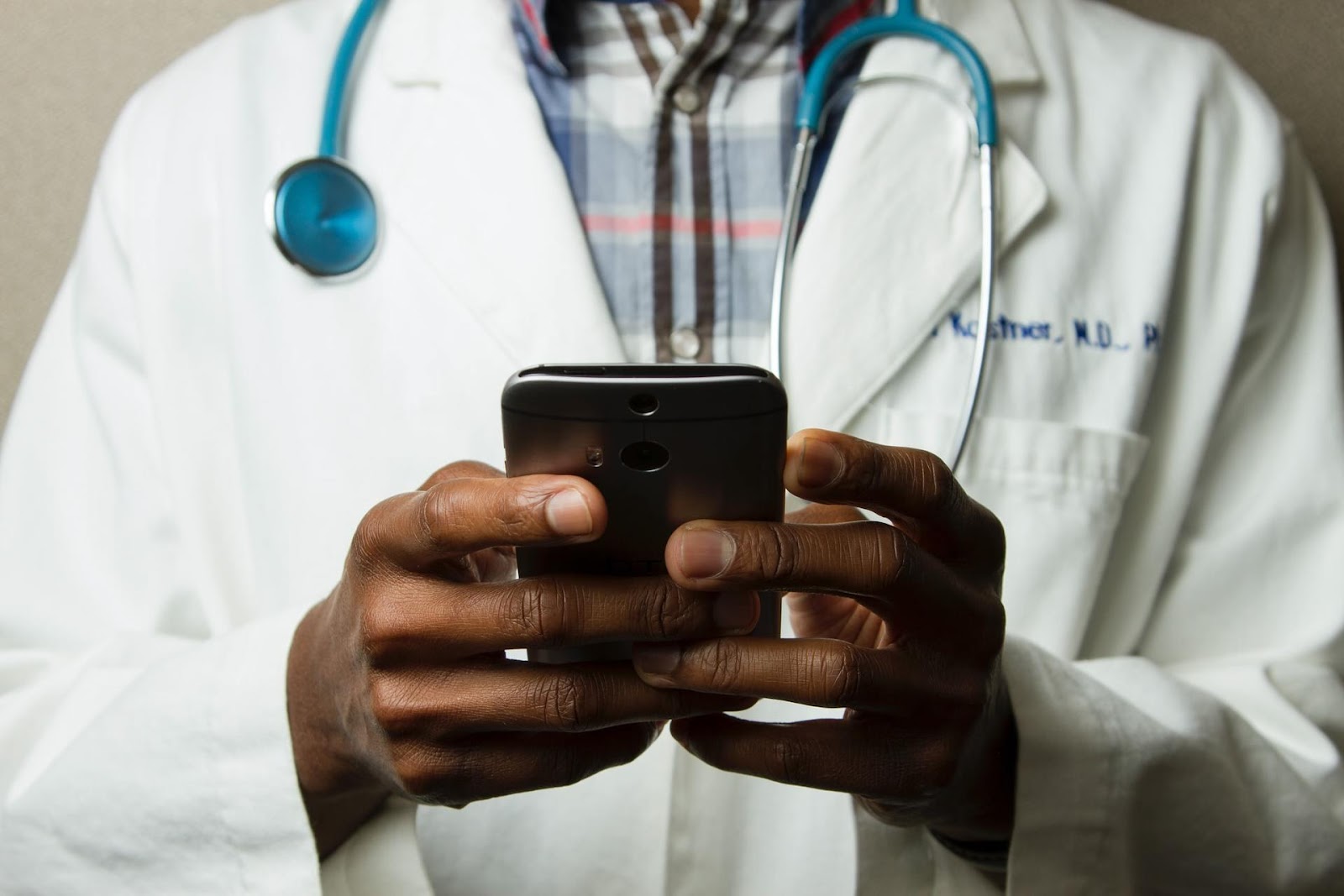RPM Spotlight: Remote Monitoring Heart Conditions
A vast majority of heart conditions develop slowly over time. Because of this slow progression, early diagnosis and prevention strategies can significantly reduce the risk of a fatal incident or other complications for the patient.

Cardiovascular diseases are the leading cause of death worldwide, accounting for one in every four deaths in the United States. The most common heart conditions include:
- Cardiac arrest
- Coronary artery disease
- Angina
- Cardiomyopathy
- Hypertension
- Heart failure
- Arrhythmia
- Congenital heart defects
Thankfully, remote patient monitoring services(RPM) enable both patients and providers to closely manage heart health. Physicians and other clinicians can use the patient-generated data from home health monitoring devices to create a more effective, personalized care plan. This type of engagement encourages joint decision-making between patients and clinicians.
What It’s Like to Live with a Heart Condition
Long-term heart conditions undoubtedly impact a person’s quality of life, but in the beginning stages, their symptoms are often mistaken for general discomfort or anxiety. In these instances, it’s important to invest in regular monitoring and assessments.
Here are a few common symptoms that may point to a more serious heart condition.
- Dizziness or lightheadedness
- Shortness of breath
- Nausea or vomiting
- Fainting spells
- Persistent anxiety
- Cold sweats
- Pain in the chest and upper stomach
- Jaw, neck, or upper back pain
A few specific heart conditions can cause more noticeable or severe symptoms. Atherosclerosis, a disorder in which plaque buildup restricts blood flow, often causes coldness, numbness, and weakness in the patient’s limbs.
While doctors can address some heart conditions with lifestyle changes, most cardiovascular diseases require long-term medical care. Treatments for heart conditions vary widely based on the underlying cause. An entire battery of tests is usually the first step, aiming to assess the extent of damage to the heart or blood vessels. Medications are often prescribed to control the symptoms and improve patient outcomes. Some patients may need invasive procedures to treat their condition. Because heart disease cannot be truly cured or reversed, proper management and monitoring are essential.
RPM Improves Care for Patients Living with Heart Conditions
Remote healthcare monitoring offers an efficient way to manage cardiovascular diseases. RPM connects patients with healthcare professionals in a way that has never been possible before.
For patients, continuous monitoring empowers them to seek medical treatment before a serious episode occurs. For physicians, low-cost wearable health monitoring devices provide a more holistic view of the patient’s health over time. Remote patient monitoring solutions promote a shift from a clinic-centric model of healthcare to a patient-centric one.
With the increasing adoption of remote patient monitoring and telehealth, it’s easier than ever to integrate patient monitoring into the existing clinical workflow. Health organizations experience several benefits when they launch an RPM system.
- Faster access to patient data
- Improved diagnoses of cardiovascular conditions
- Increased patient engagement
- Higher-quality treatment for patients
- A significant bump in monthly revenue and reimbursements
- Up to an 11.2x return on investment with CoachCare’s RPM system
Because of these benefits, RPM appeals to a wide range of ages and tech-readiness levels in patients. These devices can provide support for patients in any stage of cardiovascular disease progression.
Pulse oximeters, blood pressure cuffs, biosensors, and other RPM devices routinely collect the patient’s physical data. As the data is populated in the RPM software, physicians can connect this raw, patient-generated information with symptoms, health history, and biometric data to create comprehensive health records. Providers can also receive alerts or notifications about any abnormalities in the patient’s health data.
More and more remote patient monitoring companies are taking the technology even a step further to improve patient care. They’re integrating these electronic medical records with real-time video interactions between the patient and provider. This connection allows clinicians to review data easily, speak to the patient about any abnormalities, and take appropriate action before a serious episode occurs.
The Future of RPM in Managing Cardiovascular Diseases
Cardiology was one of the first specializations to integrate RPM with traditional medical treatment methods. The medical community has used heart health monitoring devices, such as connected cardiac implants, for a long time.
Now, with rapid advancements in technology, more cost-effective and non-invasive RPM devices can be included in cardiovascular treatment plans. Patients who may not have been able to afford this kind of new technology in the past can now easily gain access through their local physician’s office.
CoachCare offers state-of-the-art remote patient monitoring solutions. We integrate remote patient monitoring with a virtual health suite and connected devices to ensure better patient outcomes and increased revenue. To learn more about remote patient monitoring for cardiovascular diseases,get in touch with us today.

CoachCare is a comprehensive remote health monitoring system designed to improve the healthcare experience for both patients and providers. The industry-leading platform advances virtual patient care, increasing your revenue in the process. Our complete support service implements everything from automated outcome alerts to simplified claims documentation.